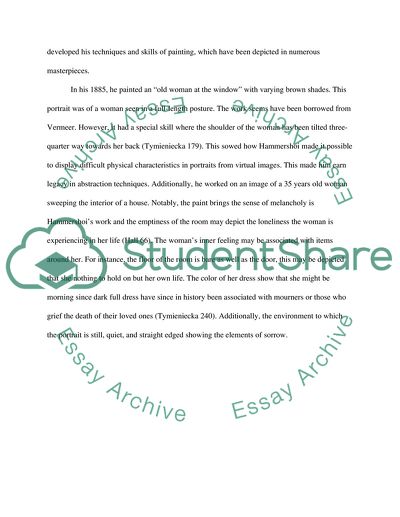Cite this document
(“The Human Narrative Art: The Human Condition and Understanding Assignment”, n.d.)
Retrieved from https://studentshare.org/visual-arts-film-studies/1685531-the-human-narrative-art-the-human-condition-and-understanding
Retrieved from https://studentshare.org/visual-arts-film-studies/1685531-the-human-narrative-art-the-human-condition-and-understanding
(The Human Narrative Art: The Human Condition and Understanding Assignment)
https://studentshare.org/visual-arts-film-studies/1685531-the-human-narrative-art-the-human-condition-and-understanding.
https://studentshare.org/visual-arts-film-studies/1685531-the-human-narrative-art-the-human-condition-and-understanding.
“The Human Narrative Art: The Human Condition and Understanding Assignment”, n.d. https://studentshare.org/visual-arts-film-studies/1685531-the-human-narrative-art-the-human-condition-and-understanding.


